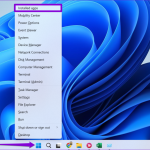Explore the New Features of Windows Server 2019
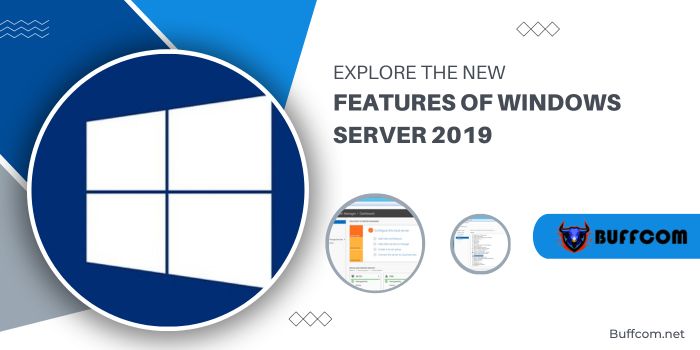
The preview release of Windows Server 2019 introduces additional features for hyper-convergence, management, security, containers, and more. As Microsoft has transitioned to gradual upgrades for Windows Server, many features available in Windows Server 2019 have already been utilized in enterprise networks. Here are the top 6 features:
Explore the New Features of Windows Server 2019
Enterprise-Grade Hyper-Converged Infrastructure (HCI)
With the release of Windows Server 2019, Microsoft rolls out three years of updates for its Hyperconverged Infrastructure (HCI) platform. This is due to the gradual upgrade schedule Microsoft currently employs with its Semi-Annual Channel releases, incrementally upgrading until they become available. The LTSC version of Windows Server 2019 is set to launch this fall, already available for Microsoft Insider program members. While the core components of HCI (compute, storage, and network connectivity) were enhanced in the Semi-Annual Channel release for organizations building data centers and high-scale software-defined platforms, remains a significant version for software-defined data centers.
The latest release offers hyper-converged infrastructure components bundled with server licensing. It forms the backbone of servers running HyperV, allowing the flexibility to scale up or down the workload without downtime.
Graphical User Interface (GUI) for Windows Server 2019
Surprisingly, many enterprises deploying the Semi-Annual Channel version of Windows Server 2016 found it lacking a GUI. The Semi-Annual Channel release only supported the GUI-less ServerCore (and Nano) configuration. With the LTSC release, IT professionals once again have the graphical user interface of Windows Server alongside the GUI-less releases of Nano and ServerCore.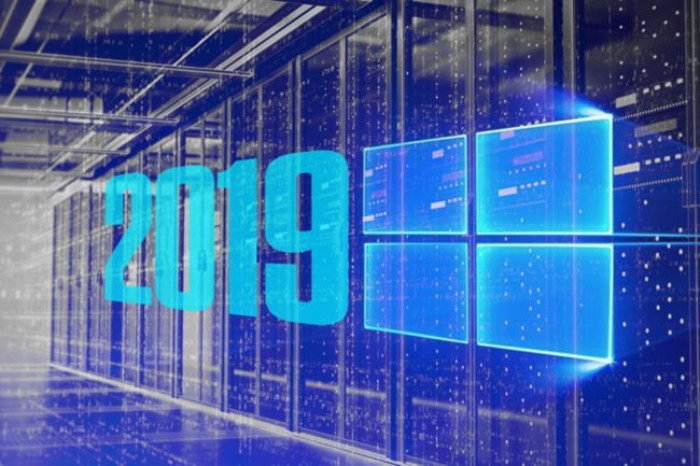
Project Honolulu Server Management Tool
With the release of Windows Server 2019, Microsoft officially introduces their Project Honolulu server management tool. Project Honolulu is a centralized control interface, making it easy for IT professionals to manage, 2016, and 2012R2 servers with or without a graphical interface in their environment. Users have found the simplicity of this management tool through common tasks such as performance monitoring (PerfMon), server configuration, installation tasks, and managing Windows Services running on the server.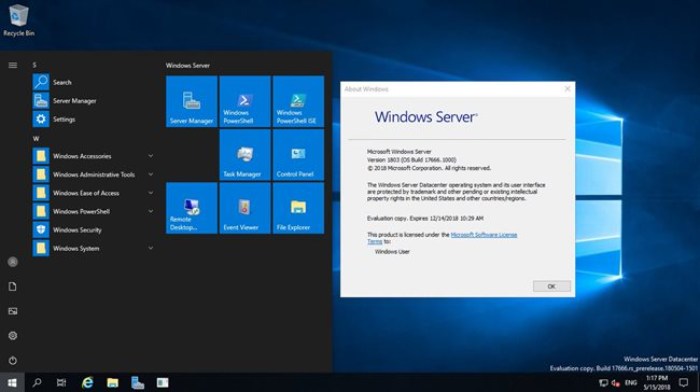
Security Enhancements
Microsoft continues to provide integrated security features to address organizations’ security management models. Windows Server 2019 includes Windows Defender Advanced Threat Protection (ATP), assessing common vectors for security breaches, automatically blocking and alerting about potential dangerous attacks. Windows Defender ATP on Windows Server 2019 allows leveraging the advantages of data storage, network transmission, and integrity security components to prevent intrusions on the Windows Server 2019 system.
Efficient and Compact Containers
Organizations are rapidly seeking ways to minimize the costs of IT operations by eliminating bulky servers with thin and more efficient containers. Windows Insiders have benefited from using these containers by achieving higher computational density to improve overall application performance without incurring additional costs in hardware or expanding hardware capacity. Windows Server 2019 has smaller, more streamlined ServerCore images, reducing virtual machine costs by 50-80%. By getting the same (or more) functionality in a significantly smaller image, organizations can reduce costs and enhance efficiency in IT investments.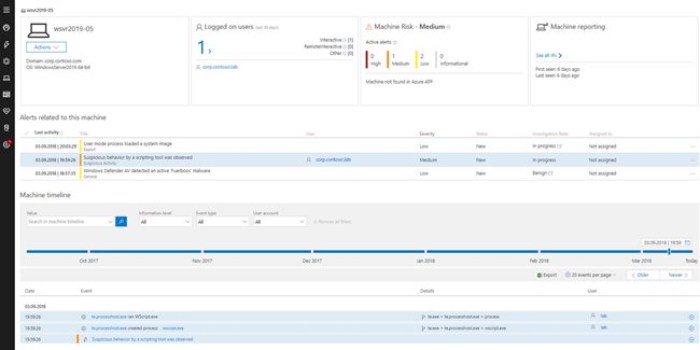
Windows Subsystem for Linux
A decade ago, it was rare to hear about Microsoft and Linux having compatible platform services, but this has changed. Windows Server 2016 opened up an opportunity for Linux instances, supporting it as a virtual machine. The new release of Windows Server 2019 makes a significant leap by including a fully optimized subsystem that runs Linux operations on Windows Server. The Windows subsystem for Linux extends the basic virtual machine operation of Linux systems on Windows Server and provides a deeper integrated layer for networking, storage file system, and security controls. It can activate encrypted Linux virtual instances, similar to how Microsoft provides Shielded virtual machines for Windows in Windows Server 2016, now extended to Shielded virtual machines for Linux on Windows Server 2019.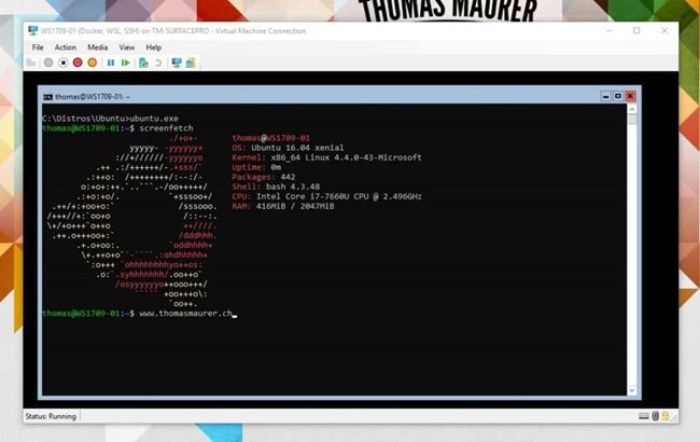
Because most of the “new features” in Windows Server 2019 have been part of updates in the past few years, users are already familiar with them. However, this also means that the features in Windows Server 2019 are part of the Semi-Annual Channel releases of Windows Server 2016, tested, validated, updated, and proven. Thus, when transitioning to Windows Server 2019, organizations do not have to wait 6 to 12 months to receive bug-fix service packs.
This is a significant change that helps organizations adopt Windows Server 2019 earlier than those using the previous mainstream release platform, bringing substantial improvements to enterprise data centers as they benefit from a more secure, stable, and optimized environment in today’s fast-paced landscape.

